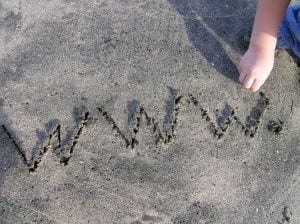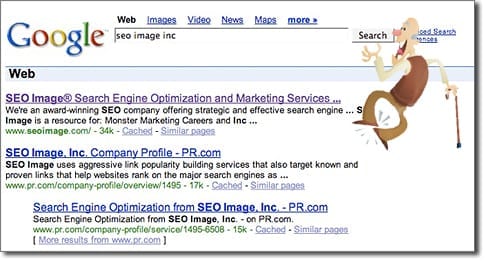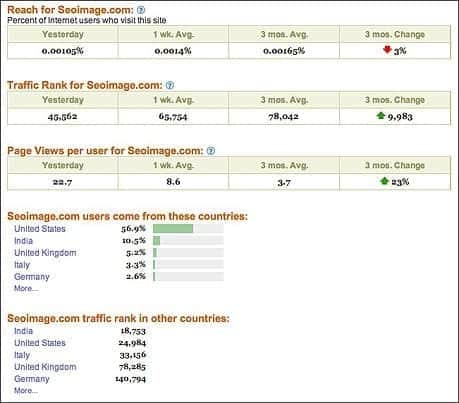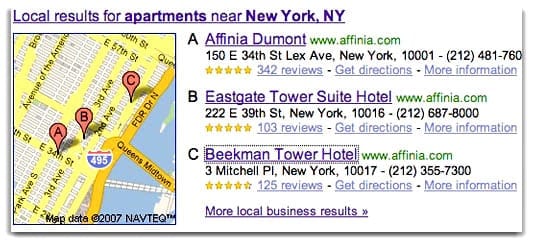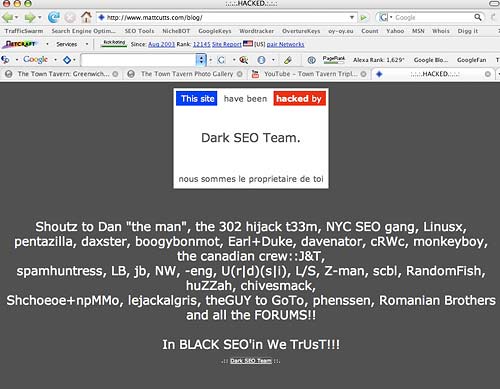
Matt Cutt’s Blog Hacked by Dark SEO Team
A French (according to the whois) site called Dark SEO Team at DarkSEOTeam.com has hacked Matt Cutt’s blog and taken it over.
I expect they will be PR 0’d very soon for this. I would be quite surprised if they are not banned. Personally, I am not for anyone who would go to this effort for any reason. I like Matts Blog and feel that it is a valuable resource for the SEO community. Whether Google likes SEOs or not I believe is based on several factors.
Continue reading

